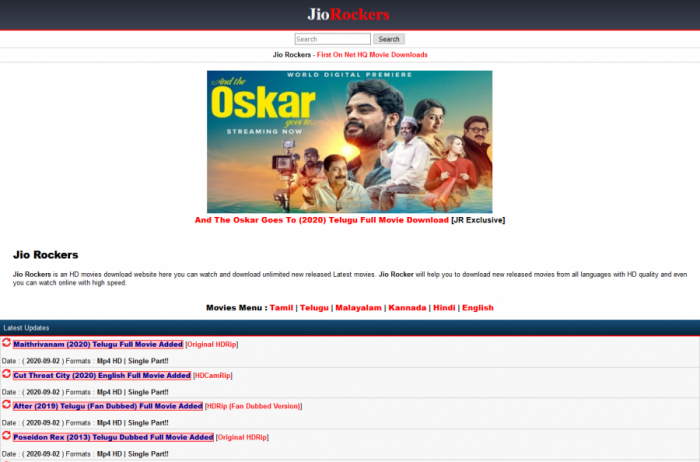Business
18 hours ago
15 Best CRM Software of 2024 – Everything You Must to know
You’ve opted to use a CRM Software app for your company? Congratulations! It indicates that…
Mobile
2 days ago
How To Free Up Storage On Iphone
This article will show how to free up storage on iphone. Your apple iphone is…
Technology
2 days ago
The Complete Guide To Custom Web Application Development
Web applications, whatever one may say, are used everywhere by absolutely everyone and in all…
Internet
2 days ago
Best 11 Apps to Watch Videos with Online Friends In 2024
This article contain the information about best apps to watch together. It’s constantly great to…
Internet
3 days ago
8 Sites to Download Subtitles for Movies and TV Shows
In this article, we will certainly review regarding subtitles download srt, subtitleseeker, download tv collection…









